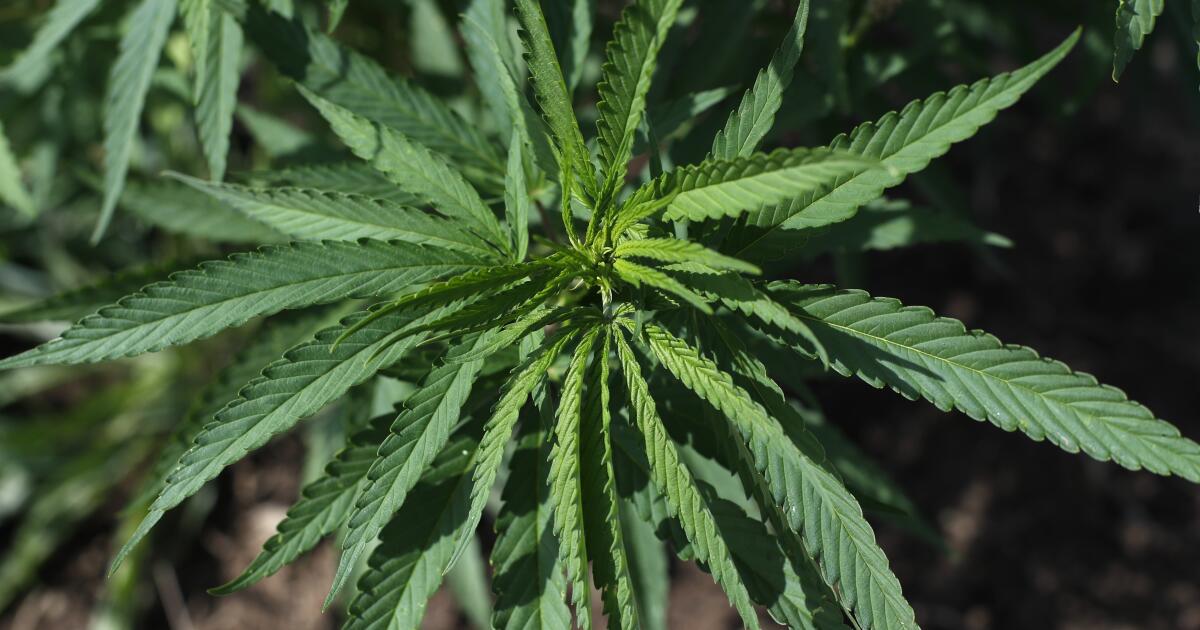
Schematic showing the development of a new strategy for synthesizing diverse DNA catalysts, allowing anyone without specialized skills to practice DNA catalysis. Credit: Journal of the American Chemical Society
Chemists from the National University of Singapore (NUS) have developed a way to make diverse chiral deoxyribonucleic acid (DNA) catalysts by merging DNA repair with biorthogonal chemistry, paving the way for more efficient and versatile approaches to asymmetric catalysis.
Enzyme catalysis, which uses biological proteins to accelerate chemical reactions, has emerged as a sustainable approach to make chiral molecules. However, using proteins as catalysts poses challenges, as they are often unstable and require intricate DNA manipulation for their design.
To address these issues, scientists have turned to DNA as a more stable and cost-effective chiral scaffold for sustainable asymmetric catalysis. In addition, DNA’s unique base-pairing mechanism also makes it highly programmable, offering precise control over its structure and function.
A research team led by Assistant Professor Zhu Ru-Yi, from the Department of Chemistry at NUS has developed a method that takes advantage of an enzymatic process called DNA repair, and combined it with biorthogonal chemistry to create chiral DNA catalysts.
This method simplifies the production of DNA catalysts, allowing even non-specialists to perform DNA catalysis without the need for advanced instruments or expertise. Moreover, bioorthogonal chemistry reactions proceed without interfering with any functionality, making this method highly compatible with diverse functional groups.
The research findings were published in the Journal of the American Chemical Society.
The researchers built a library of 44 DNA catalysts using this new approach, which combines chemical reactions with enzymatic processes.
These newly developed DNA catalysts outperformed previous versions in terms of enantioselectivity, substrate scope and overall reaction efficiency. More importantly, the team also demonstrated the first example of atroposelective DNA catalysis, successfully generating axil chiral compounds that are typically challenging to synthesize using bio-catalysis methods.
The robustness of this method was further showcased by its ability to assemble a wide variety of structurally distinct DNA catalysts with unprotected functional groups.
Prof Zhu said, “Our method lowers the barrier significantly for conducting DNA catalysis, which previously required highly specialized, expensive and challenging solid phase synthesis.”
“We expect that more researchers will realize the great potential of DNA catalysis and will join this exciting field of study,” added Prof Zhu.
Looking ahead, the research team is actively designing new strategies to develop selective and sustainable chemical reactions via DNA catalysis.
More information:
Jie Sheng et al, Merging DNA Repair with Bioorthogonal Conjugation Enables Accessible and Versatile Asymmetric DNA Catalysis, Journal of the American Chemical Society (2024). DOI: 10.1021/jacs.4c03210
Provided by
National University of Singapore
Citation:
Chemists develop chiral DNA catalysts for asymmetric catalysis (2024, October 11)
retrieved 11 October 2024
from https://phys.org/news/2024-10-chemists-chiral-dna-catalysts-asymmetric.html
This document is subject to copyright. Apart from any fair dealing for the purpose of private study or research, no
part may be reproduced without the written permission. The content is provided for information purposes only.







